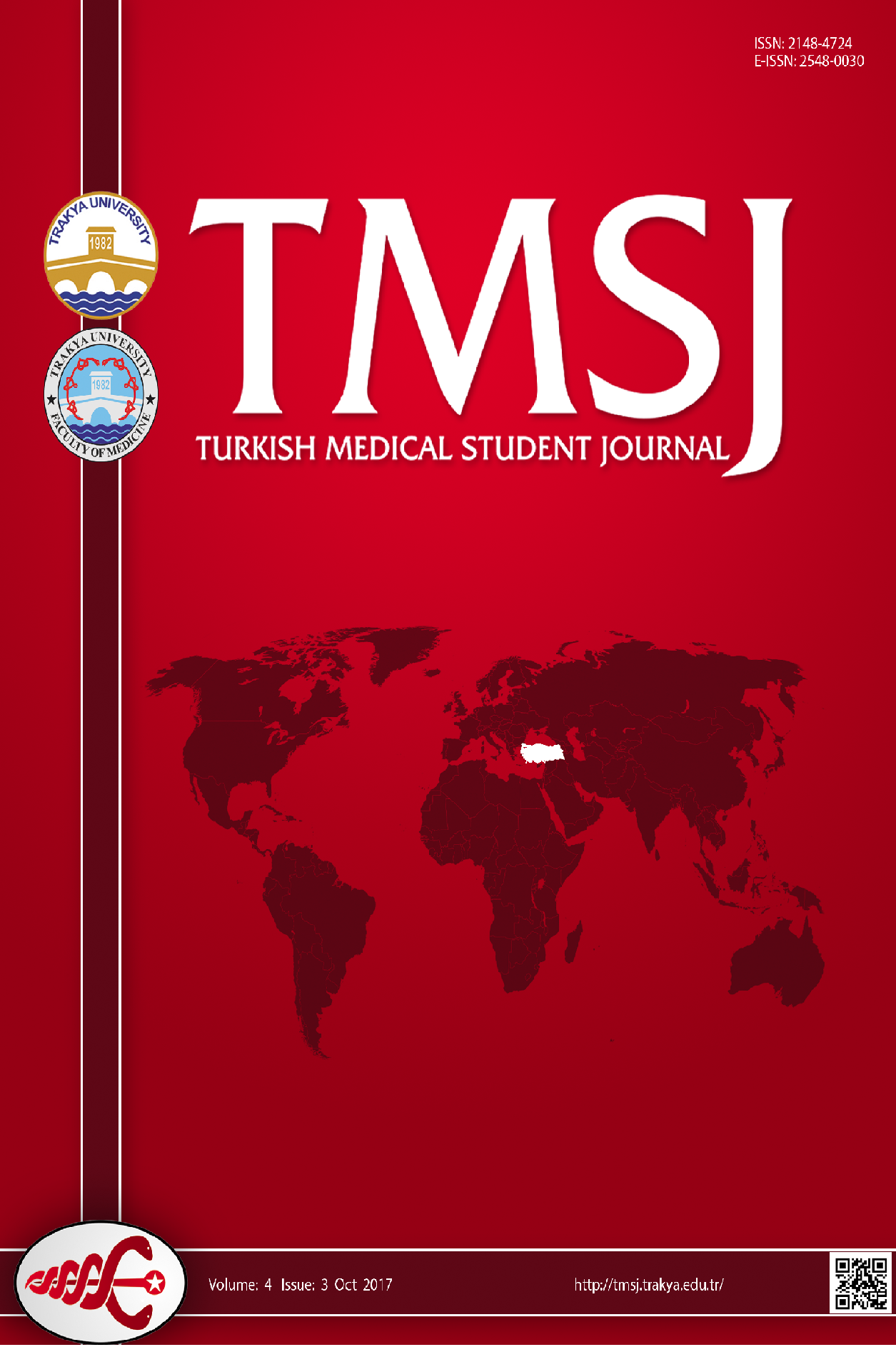
Turkish Medical Student Journal
Yazarlar: Eylül ŞENÖDEYİCİ, Dengiz Koray ŞAHİNTÜRK, Bilge Rana AKBOLAT, Arzu DİNDAR, Selin SEFER, Gül Feride ANĞAY, Selma DEMİR
Konular:Tıp
Anahtar Kelimeler:Zinc-finger nucleases,Transcription activator-like effector nucleases,Clustered regularly interspaced short palindromic repeats,Gene editing
Özet: The popularity of genome editing technologies in the scientific community has been on the rise for several years. These technologies are slowly becoming a ray of hope for many patients with genetic diseases, thanks to their immense potential for clinical application. New genome editing tools are being rap- idly developed and introduced, while pre-existing ones are being perfected. In the process beginning with the completion of the Human Genome Project to the first clinical trials focusing on cancer immunotherapy and treating blindness, studies on genome editing have increased exponentially. The clustered regularly interspaced short palindromic repeats system is a Nobel Prize-winning genome editing tool celebrated by many researchers and is often praised due to its ease of use, low cost, and efficiency compared to other acknowledged genome editing tools. This review aims to discuss the historical development, working mechanisms, present and future clinical applications of zinc-finger nucleases, transcription activator-like effector nucleases, clustered regularly inter- spaced short palindromic repeats, and prime editors, while presenting the ethical aspects of using these genome editing tools. Keywords: Zinc-finger nucleases, transcription activator-like effector nucleases, clustered regularly interspaced short palindromic repeats, gene editing